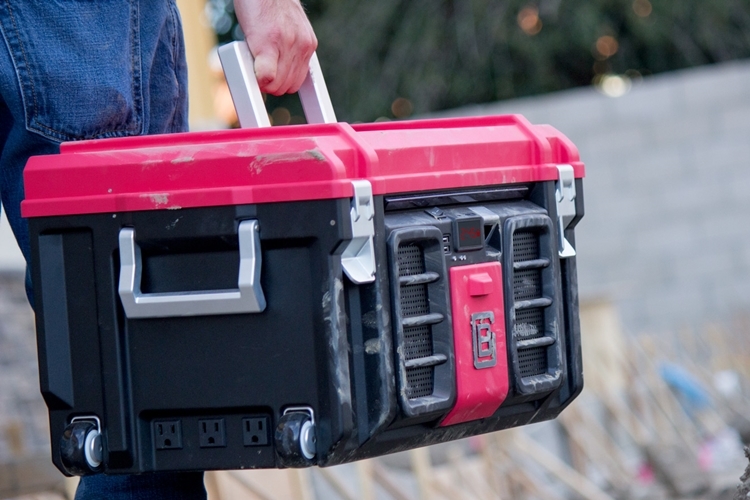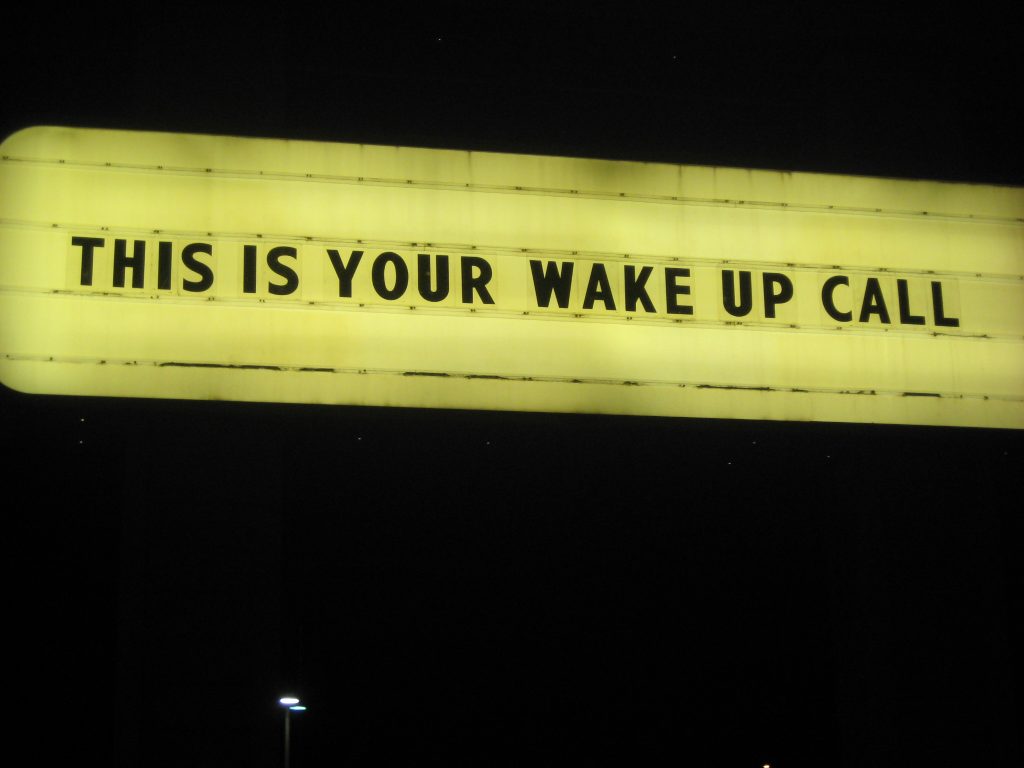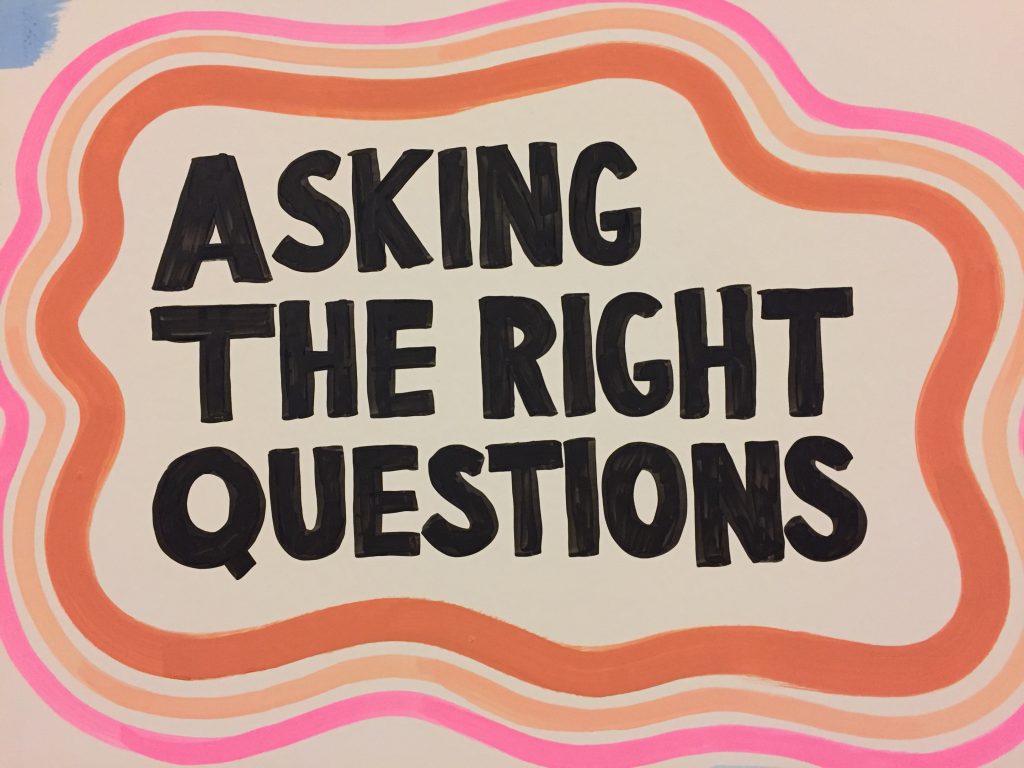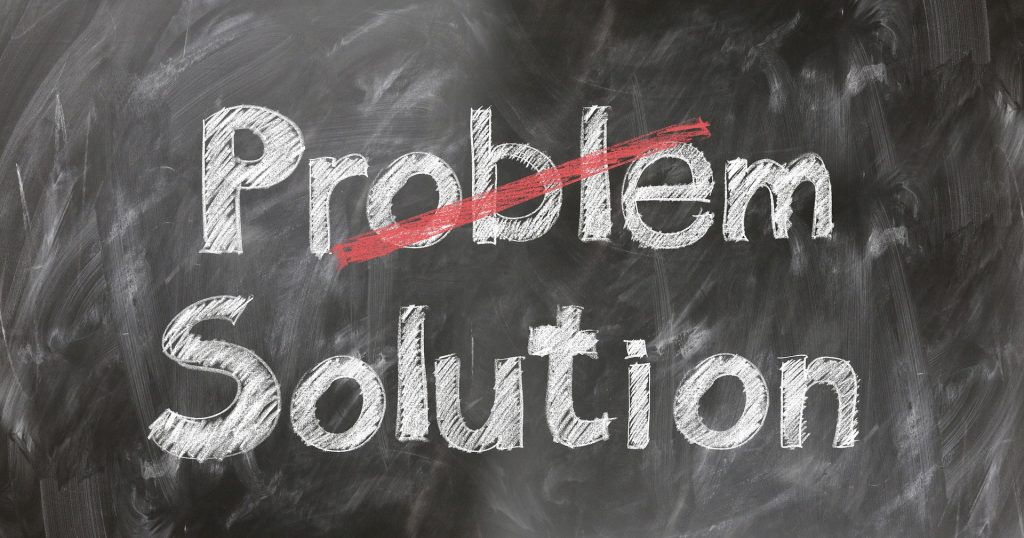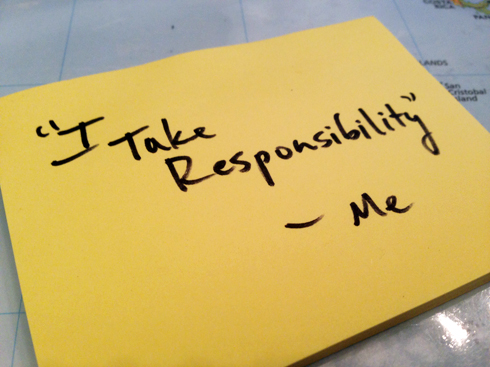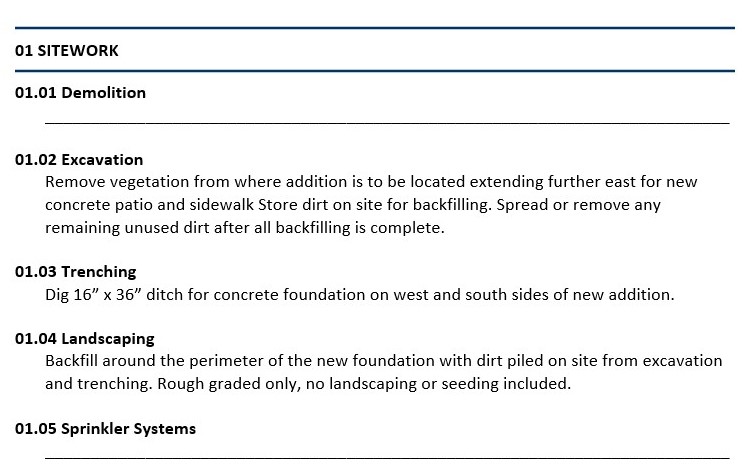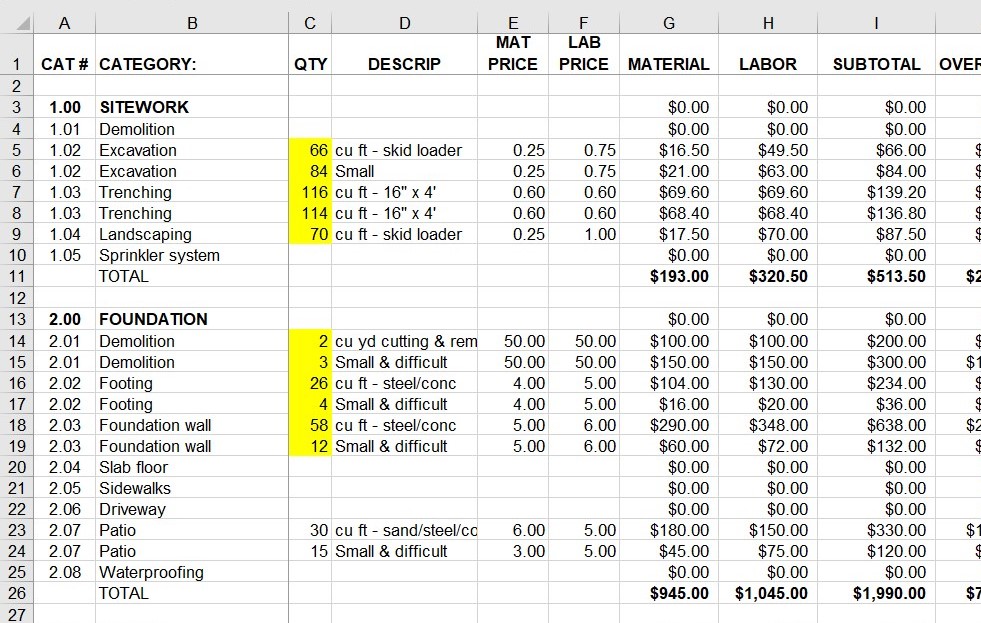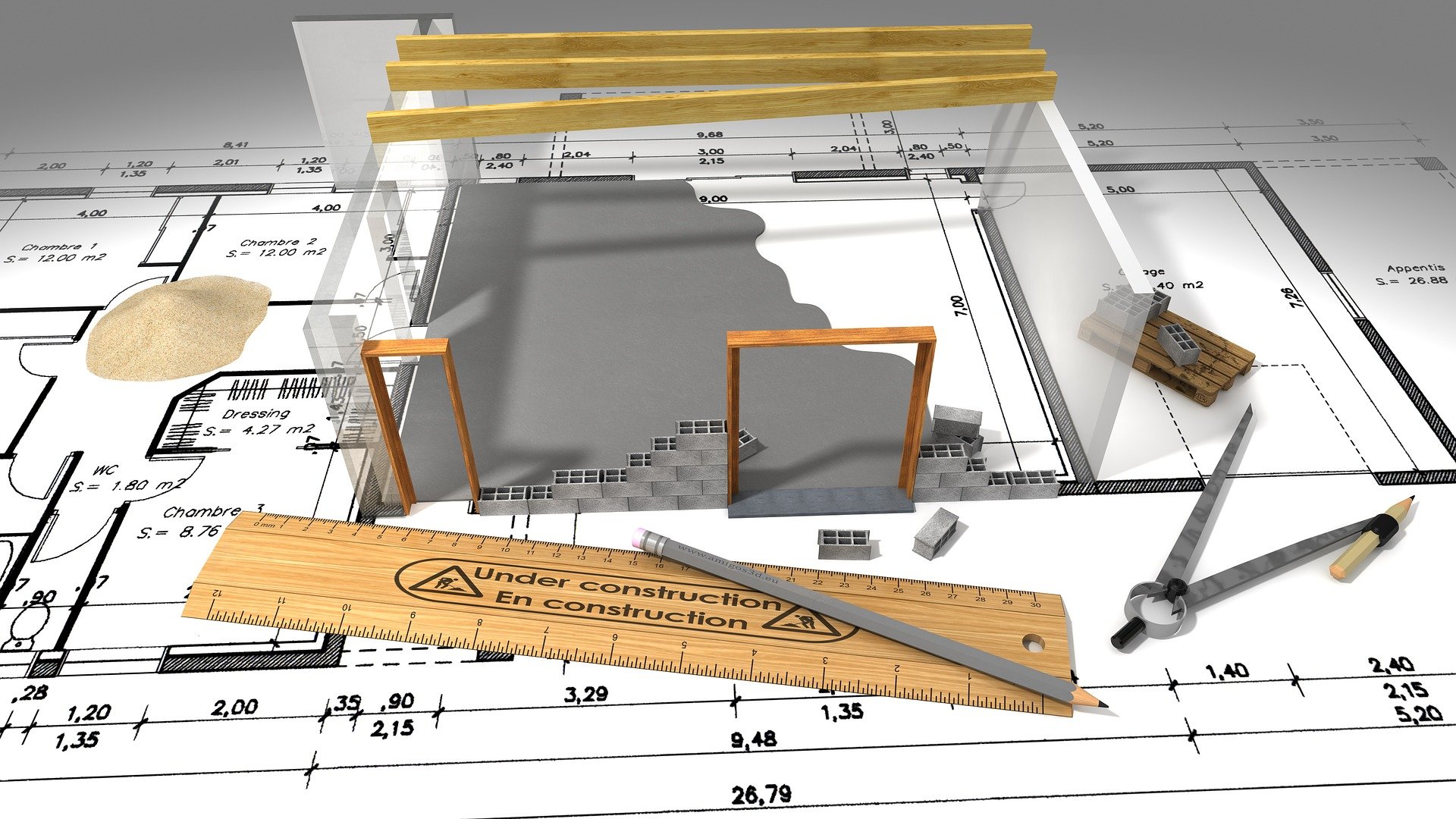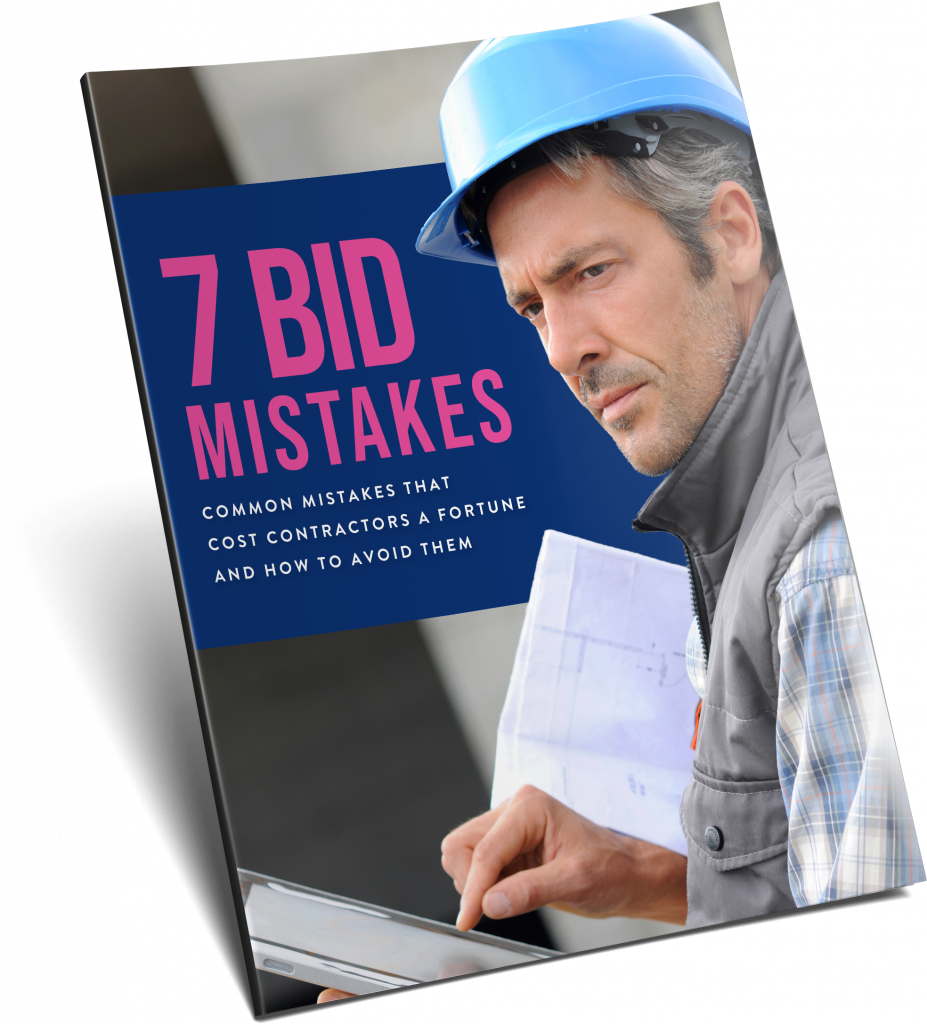How You Can Improve Productivity by Using OneNote
Let’s take a peek inside my productivity toolbox.
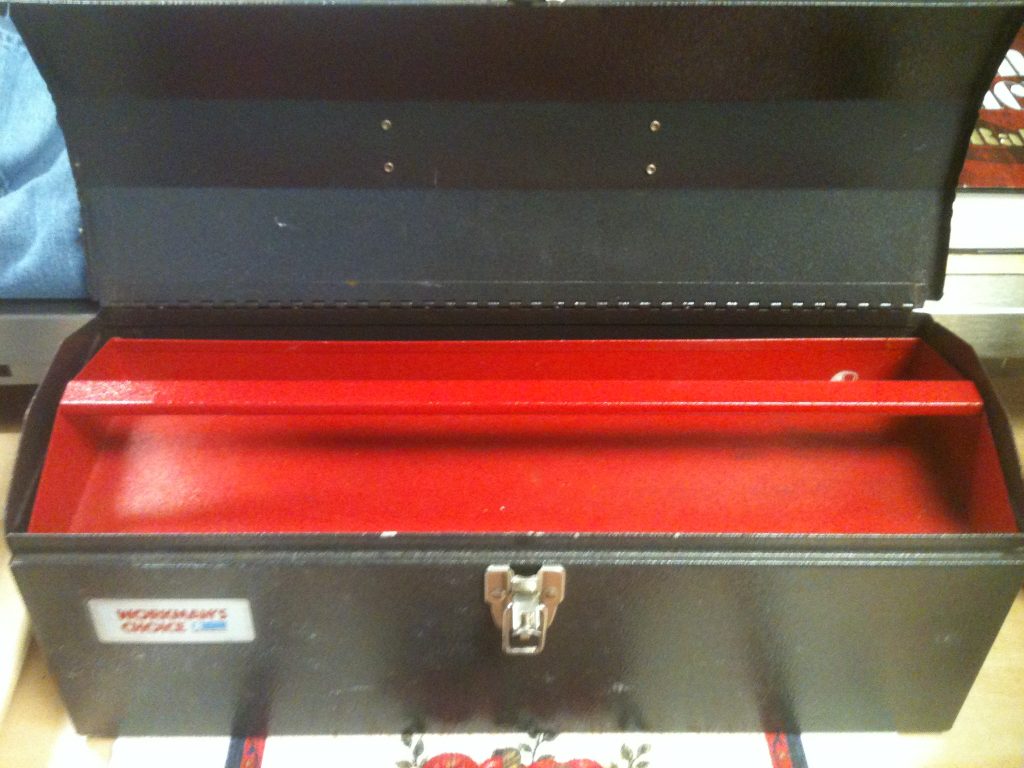
Most of the time when we hear the word “tool”, the first thing we think of is a circular saw or nail gun…not computer software.
However, production is more than just the physical aspect of producing things. The more organized we are, the more productive we are.
By nature as a recovering perfectionist, having things well organized is important to me. I know that to some people the level of organization that I love, makes them feel trapped.
The more organized we are, the more freeing it can be.
It’s about taking control of your life and making it what you want it to be.
For years I worked on ways to get and stay organized. Am I where I want to be? Not yet, but remember, I’m a perfectionist by nature. Getting and staying organized is a difficult thing and it only increases the more you try to do.
One of the best tools I’ve found for organization is Microsoft OneNote.
This tool is great for organizing and communicating. It does so much, so well, that I don’t need a bunch of different apps to do different things. Too often these various apps don’t sync well across different systems and devices.
I would equate OneNote to a three-ring binder with improved technology.

OneNote is the “Six Million Dollar” binder. Just like “The Six Million Dollar Man” this computerized version of a ‘notebook’ has superhuman bionic computerized capabilities.
A good comparison of OneNote to a binder is how I used to have project binders on site at construction projects. This was a place where information would be kept organized so that employees, sub-contractors, project management, architects and the customer could all have access to the specifics of that project.
OneNote is organized similar to a binder. You can have different “notebooks”, each book can be divided into multiple “sections” and each section can have “pages” and subpages.
Here are a few of the superhuman bionic capabilities of OneNote –
- Share information with other people across multiple devices. This can be as simple as sharing a shopping list with your spouse or as detailed as an entire notebook with colleagues on a project.

- Syncs automatically across multiple devices. If someone adds to the shopping list or checks something off a “to do” list, you will know it instantaneously if you’re connected to the internet. If not, it will sync once you are.
- When changes are made, they are marked until viewed. If someone makes a change, I will be able to know that, go to the specific change and know who did it and when it was done.
- Insert almost anything on a page. You can insert copies of other documents, screen clippings, photos, audio and video recordings, links to other pages and/or web locations, etc. This is only a part of what is available with OneNote.
- Link from and to multiple locations. I can put a link for a specific OneNote page in a task reminder or calendar event or on a word document. Click on it and it will open that page, even if OneNote isn’t open.
- Editing is really easy. Things on a OneNote page can be clicked on and moved to a different place on the page. This feature is great for prioritizing a list. If I want to move something higher on the list, I just move it there, no cutting or copying or pasting (although you can do those things as well).
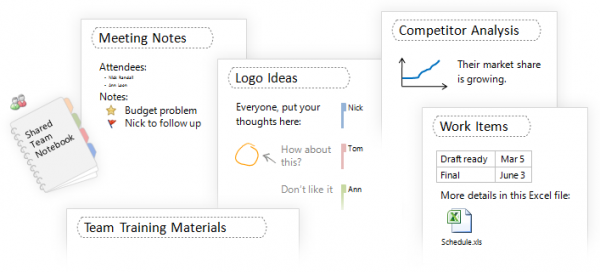
- It’s always ready to open and use. It doesn’t require the opening of a program, folder or a file before you can write something down. Click on the OneNote icon in the task bar and it’s open. A couple more clicks and you can write down your note before you forget it.
- Great place for filing and storing. If I want to save an email from a customer with a picture and a link to a web site, I can do that right from Outlook.
- Can protect sensitive info within a shared notebook. If I have a page that has ideas for my wife’s Christmas or passwords to my bank account, I can password protect those pages. This means that if my wife “accidently” goes to her Christmas page when she meant to go to the shopping list, she can’t open it without the password…and she doesn’t have the password.
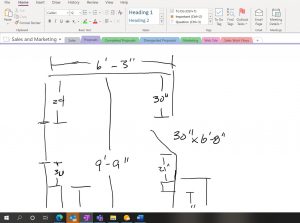
- Can draw or write on it just like paper. This feature is great for quickly gathering information with my tablet or phone. I can draw the floor plan for a room addition and write dimensions and notes right in OneNote.
This tool can do all this and more. Some people will probably say that it has too many bells and whistles or it’s too complicated. I’m sure this isn’t the best tool for everybody and that’s okay. Not every person uses the same cordless drill.
This tool is simple to use and a great way to stay organized.
Even if you aren’t a recovering perfectionist like I am, OneNote can help you be more productive and…
Isn’t that what we all want…to be more productive?
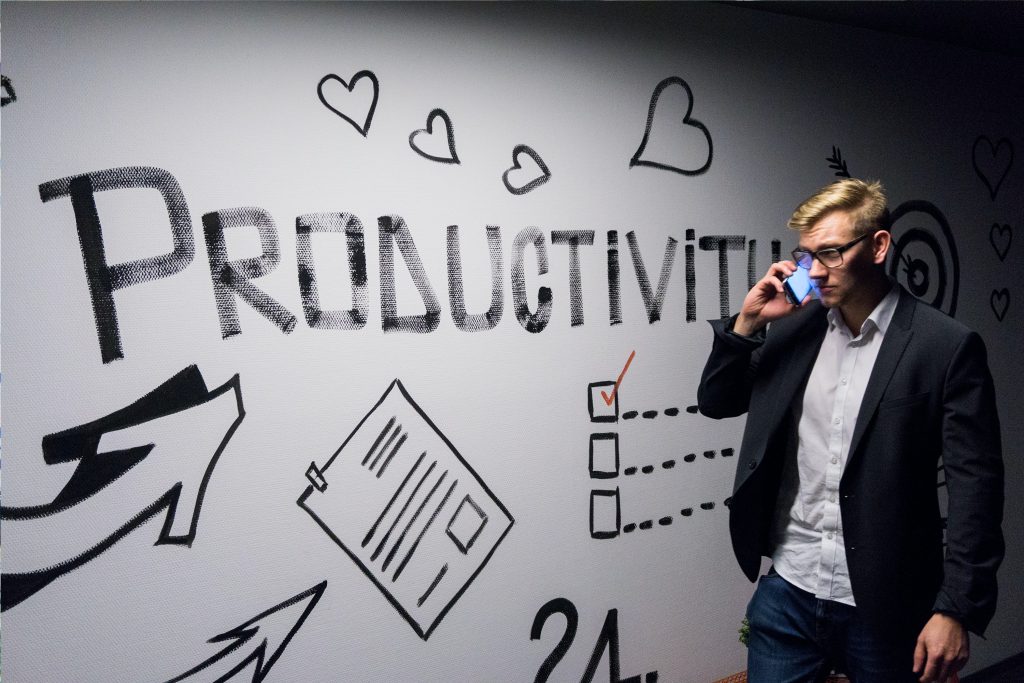
This post was originally published January 21, 2017
It was updated again on October 4, 2020

